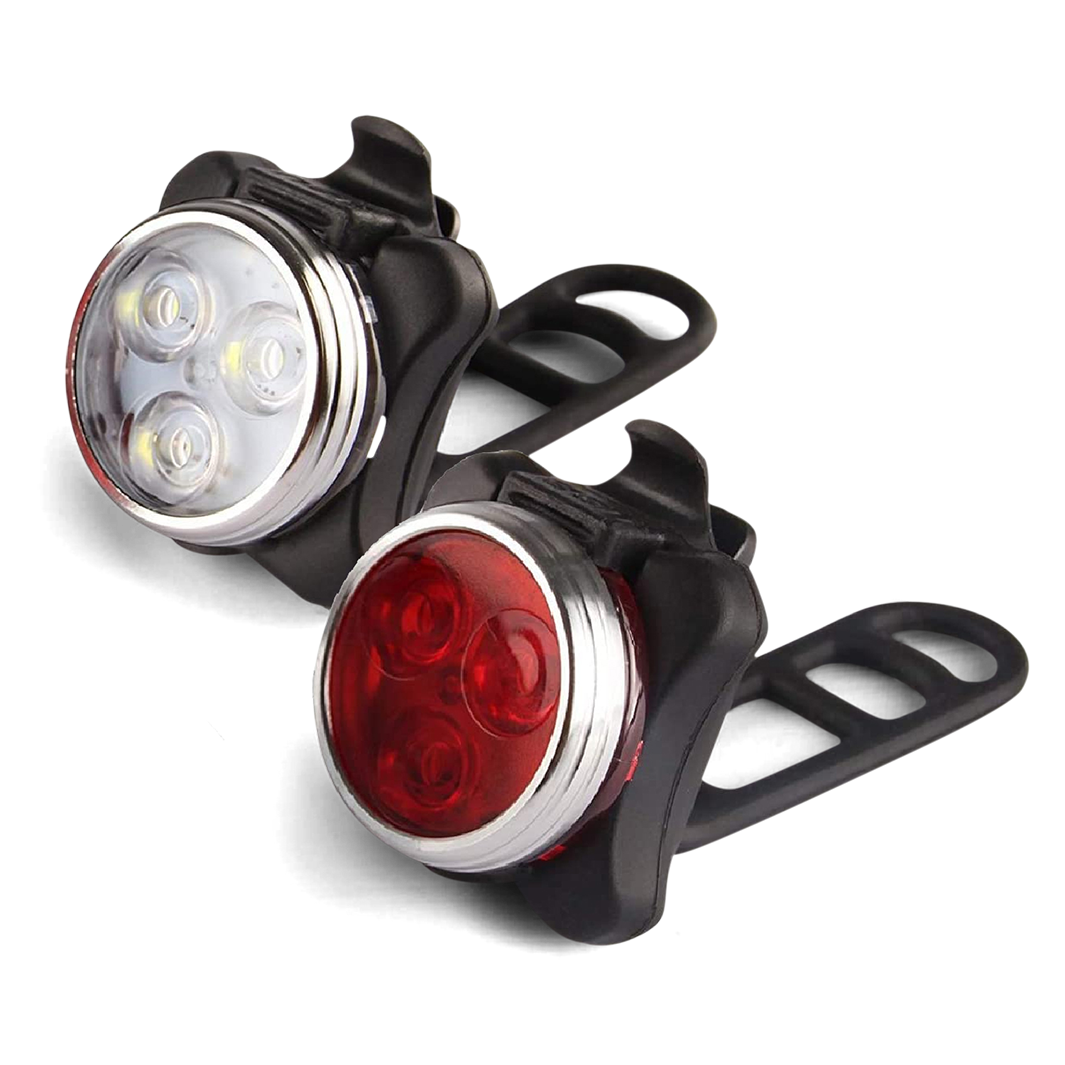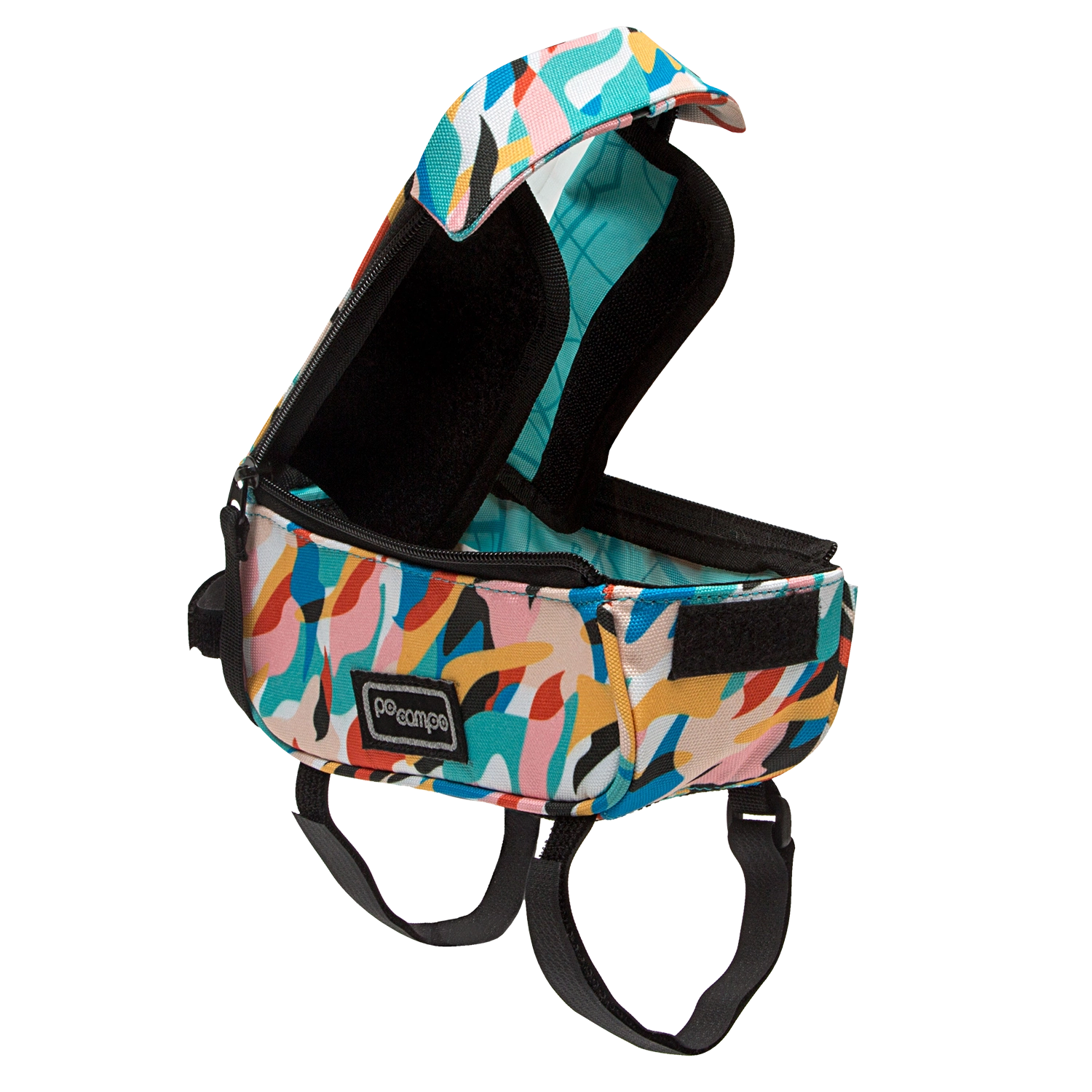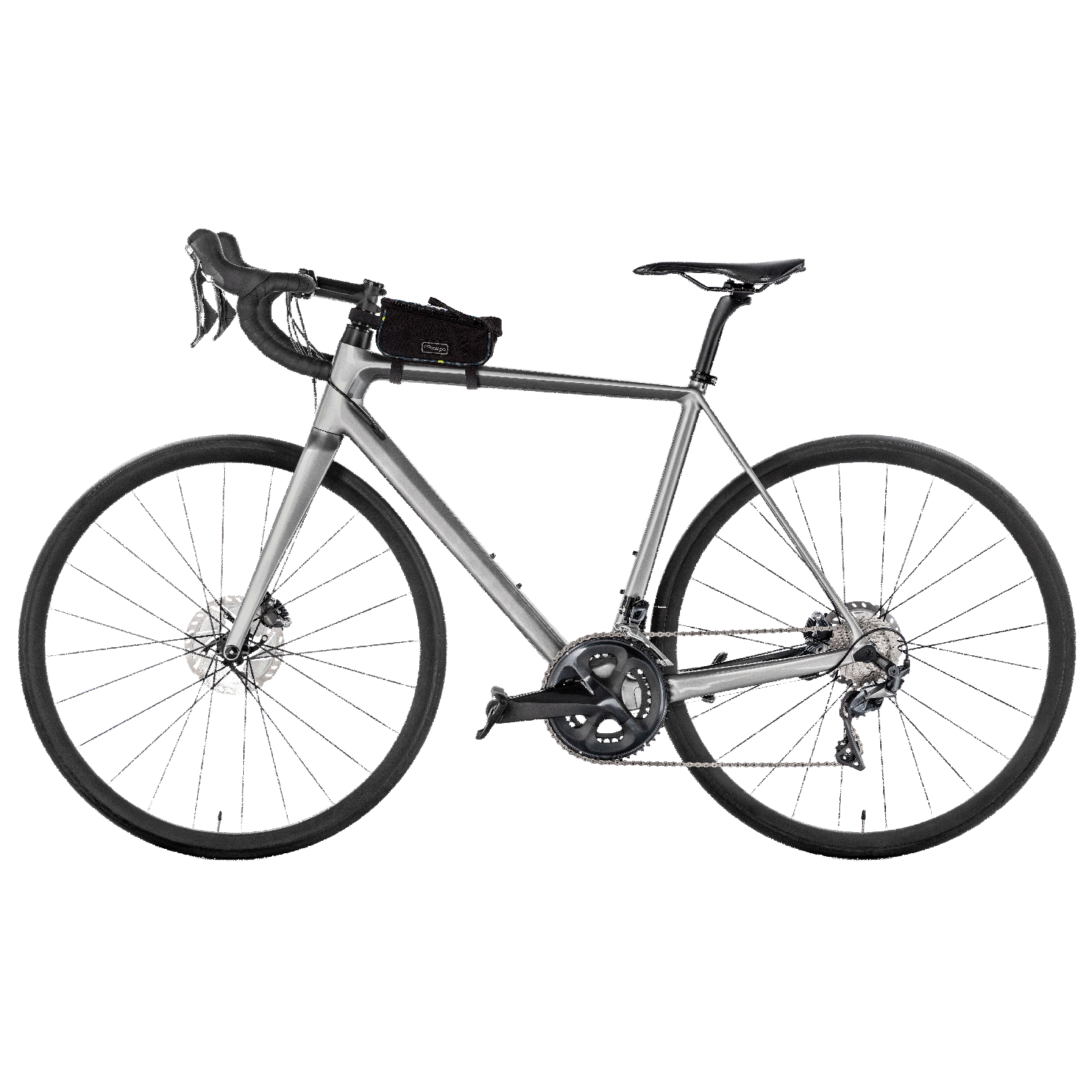
All over the world, micromobility vehicles are steadily filling our streets and sidewalks. Before we look to the future of micromobility, it’s helpful to take a quick peek into the past. While more and more people are biking and scootering around town, the actual concept of “micromobility” isn’t new. The Dutch, who have built some of the most cycling-friendly cities, actually devised the first bike share in the 1960s! Fast forward through several decades, and we’re seeing this concept resonate with more and more commuters. Today’s easy-to-use mobile apps help reduce barriers to entry in the micromobility space, leading to this soaring popularity. Since just 2010, people have taken over 200 million trips on shared bikes and e-scooters!
How will our cities of the future navigate mass disruptions to everyday life? We’ve seen micromobility fill a transportation gap this spring, as communities practiced social distancing and began avoiding public transportation. In early March, as awareness of COVID-19 rose but before lockdown went into effect, New York’s Citi Bike saw demand surge by 67% compared to the same period in 2019. (NY Times) As cities continue facing challenges from population growth and climate change, micromobility will play an important role in transportation grids. Looking ahead, we find ourselves pausing to ask: what does it mean to design for the future of micromobility?

What is micromobility?
Micromobility. It's a buzzword spread across the internet even more quickly than e-scooters spread through Los Angeles! You might be wondering: What does it even mean? Before we can begin planning for the future of micromobility, we need to come to a common understanding of what this phrase actually implies. Luckily for us, as the pandemic disrupted our commutes this spring, our friends at the Institute for Transportation & Development Policy developed a definition for micromobilty:
- Micromobility is:
- Human-powered or electric
- Privately owned or shared
- Usually low-speed (15mph), sometimes moderate speed (28mph)
- Ex: Bikes, scooters, skateboards, cargo bikes, rickshaws
- Micromobility is not:
- Internal combustion engine powered
- High speed (exceeds 28mph)
- Ex: Mopeds, cars
To learn more about the Micromobility Landscape click here.
What are the benefits of micromobility?
Now that we’ve got the definition covered, you might be wondering: what’s so great about micromobility, anyway?
- Affordability
For city folks, renting a bike or a scooter is often much cheaper than it is to own a car (and pay for parking!), hail a cab, or book a rideshare to get to a destination. In many cases, micromobility vehicles are often cheaper than mass transportation options, which can help to encourage widespread adoption.
- Convenience
In a city, cycling is frequently the most direct method of transportation to get from Point A to Point B. Micromobility also helps to fill the first- and last-mile transportation gaps, helping commuters reach existing transportation options. Not only is this convenient, but it also helps to increase transportation equity, providing more residents with equal access to transportation options.
- Sustainability
As bike shares and e-scooters become more popular, we can collectively take thousands of cars off our roads. Reducing the number of cars on the road benefits everyone not just by reducing traffic congestion, but also by reducing carbon emissions. Micromobility vehicles are environmentally-friendly because they’re fueled by clean energy and don’t burn fossil fuels, so they generate far less pollution than traditional motor vehicles.
Why does micromobility matter now?
All of this feels especially important now, given the current growth rate for cities worldwide. The United Nations predicts that by the year 2050, over two-thirds of the global population will live in cities. (United Nations) As cities grow faster than they can update infrastructure, they'll need new modes of transportation that are reliable and flexible to prevent day-to-day disruptions. To make sure everyone can move safely through their community, growing cities need to adapt to accommodate micromobility vehicles.
What will our future streets look like?
We might not be able to see into the future, but we do have a few ideas about how our streets may change to accommodate the future of micromobility. As urban growth leads to renewed calls for better infrastructure to support bikes and e-scooters, we expect to see:
- More Protected Bike Lanes
Protected bike lanes (PLBs) are a relatively simple concept: they’re like sidewalks for bikes. PLBs are built on roads with physical barriers (think: large planters, curbs, or posts) that separate cyclists from both people in cars and those on foot.
- Cycle Highways
Cycle highways complement PLBs, with infrastructure that is specifically constructed for longer bicycle and e-scooter trips. For example, they may connect a city to a suburb, allowing residents a more efficient bike route to and from work and other important locations. Today, only a few true cycle highways exist in countries like the Netherlands, Denmark, and the UK, but we hope to see more in the future.
- Slow Streets
“Slow Street” programs set low-speed limits or limit traffic on certain urban streets without PLBs. Many cities in the country have adopted temporary slow streets programs during the pandemic to account for increased foot and bicycle traffic, and we hope that the success of these programs will lead to their long-term implementation.
Designing for a Mobile Future

As the number of people biking and scootering around town continues to grow, we see a clear (bike) path to our future — designing bags that support micromobility transportation. We get that you’ve got a lot to carry for everything from commuting to work to meeting up with friends, so we’ve designed bags that not only go along for your ride, but also look good after. From our Chelsea Bike Trunk Bag to our redesigned Kinga Bike and Scooter Handlebar bag, we’re designing for the future by creating bags that help you make your life more mobile.
Our team at Po Campo is ready and eager to embrace the future of micromobility. Are you? If not, what’s holding you back?



































Comments
Thank you for this article. I couldn’t agree more. One of the silver linings of this pandemic, is that the bike stores in my area have had brisk sales and have low inventories. Hopefully, people are (re) discovering the joys and freedom of cycling. I’m using my bike for errands and short rides around my city. The car is sitting more in the garage, and I’m aiming for more “careless days”. I’m excited about the possibilities.
Great start to your blog. I like how you explained that there is a range of devices and some are much better (safer, cheaper, more durable that others. While, Capital Bikeshare is not perfect, but it is a very good system and really helps people using transit and walking and living a car free, or car light existance. There is real potential for certain kinds of shared systems expanding in many communities, beyond big cities with transit systems. One important aspect of the attraction of micromobility is the willingness of the city and county staffs, responsible for the local streets, to engage these start ups companies. (For WP readers: MoCo, DDOT, Arlington and Alexandria, ++) These are the same staffs that have retrofitted our streets from car and truck only places to more multi-modal places with good sidewalks, bicycle facilities such as protected bike lanes. I worry a bit that you blog post is not reporting, but just repeating some familiar e-scooter talking points. For example, not all electrified devices are powered with renewable electricity. And, these scooters have a short useful life out on the streets as part of a shared fleet. For those who that bring their private device (scooter) on transit, they are taking precious space up, but not paying. Finally, the elephant in the room, is the mobility that these devices provide worth the risk? We really don’t have enough data to be able to know how safe are these vehicles are. I am particularly concern about the e-scooters. Reporting on the crashes and ER visits has not really been researched. There is some anecdotal evidence that I suggest you start with, including the impact of e-scooters riding on the sidewalks and impacting pedestrians, people in wheelchairs, and the problem of abandoned vehicles. One fact of note is that the most bicycle friendly city in the world, Amsterdam, banned e-scooters. I am looking forward to your next blog post. Please feel free to reach out to me if you want any background information.